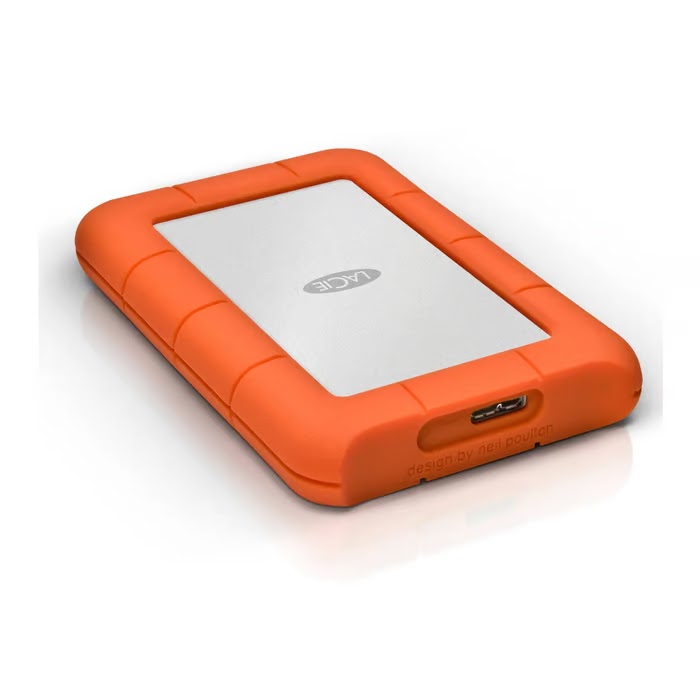The USB flash drive is a renowned technological device that has become a hallmark of convenience, organization, and reliability. It is a small compact device that stores your data, backs files, and transfers information between a multitude of devices with ease.
The USB flash drive is a unique little device, and upon my research, its functionality is pretty interesting. Here is a cool YouTube video, showing off its components with a 3D Model: 3D Model Video
Inside, it consists of a small electrical component called a Printed Circuit Board. This piece syncs with the computer via a universal serial bus ( USB ) connection. ( Usually type A )
It operates in relation to a small microcontroller chip that manages the flash memory's data and functions. These components are protected by an insulated case, made of rubber, metal, or plastic. Sometimes, drives include an LED to inform a user that a connection has been made successfully.
Now, onto the history of the USB Flash Drive:
On April 5, 1999, the Israeli company, M Systems, filed the first patent for a USB-based PC flash disk.
Later that year, the American corporation, International Business Machines Corporation ( IBM ) sent an invitation disclosure to The United States patent and trademark office, declaring they created the device. From my research, IBM is one of the predominant contributors to spreading the USB Drive in America. If that wasn't enough, the same year, the CEO of Taiwan-based Phison Electronics company claimed they were also responsible for the USB drive.
This conundrum continues with claims from Trek 2,000 International out of Singapore, as well as an electronics company from China called Netac. Netac's claim, however, was difficult to prove since their U Disk USB flash drive did not appear on the market until 2002. By comparison, IBM’s didn’t hit the market until 2000, and Phison's until 2001. This is interesting when determining who the true inventor is, as it is very likely that each company created its own independent flash drive simultaneously.
Interestingly enough, in the late 1990s, industry experts considered attempting to pair a USB interface with flash memory, an obnoxious step in technological development. Many companies at the time resisted patents of the USB Flash Drive.
Here is a cool short timetable I found for the development of USB: Timetable
As mentioned, the USB flash drive was revolutionary for data housing and transferring. Before this invention, data storage devices had to rely on less sufficient options such as outdated disks and CDs.
Floppy disks were fragile and had more limitations in terms of data capacity, and CDs were too bulky to be considered convenient. USB flash drive provides a reliable, compact, easy-to-use solution.
As far as practicality goes, the USB Flash drive is suited for every port type. Such as type C: and lighting to USB ports. Today, you can purchase flash drives that generally hold up to about 2 terabytes. ( or 2000 gigabytes )
With all of the USB’s revolutionary advantages, it is by no means a perfect product, as it does pose some risks and vulnerabilities:
It's small and compact, which could be lost easily.
If heavily used, could lead to a shorter lifespan or deficiency.
It can not connect to the Internet. Meaning, that on larger projects, it can not be used as an online collaborative tool among a team who wants to share files.
While researching the USB flash drive, I began thinking about my Lacie External Hard drive: I wanted to learn about the relationship between the External hard drive and the USB flash drive.
I explain it a bit below, but this article goes into more detail: Article
For one, they have the same basic function. They both house and store data that can be transferred to another device. External hard drives, however, offer more storage capacities, and faster speeds, and can usually store larger files. While the USB Flash Drive is generally more durable, and compact.
The USB flash drive is a revolutionary device that allows us to store files, family photos, audio, video, and other important data we wish to hold onto. It has become the standard for storage housing a revolutionized electronic file organization practices.
Here is my main source of information as well:










No comments:
Post a Comment